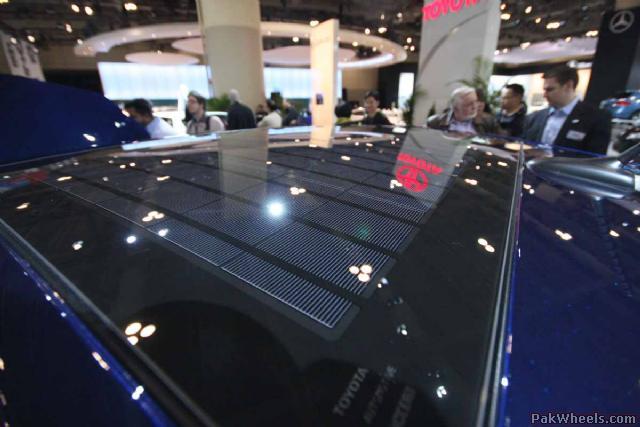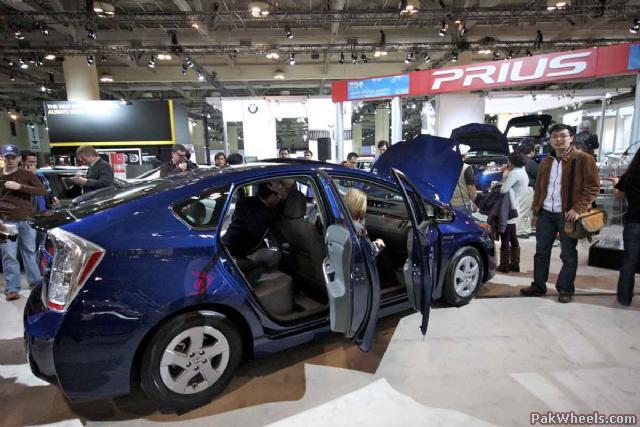Toyota Motor Corp. has lots to say about the new 2010 Prius -- the press briefing material handed out at the media preview in California's rain-soaked Napa Valley last week lists 45 pages of styling, powertrain and technology changes and improvements for the third generation of the automaker's segment-leading hybrid. All that extra stuff adds 110 pounds to the new Prius, but stretches the car barely at all. It is just half an inch longer and three-quarters of an inch wider than the '09 model, and despite an impressive gain of 5 cubic feet of passenger and cargo space, it is the same height as the present model. We're talking green stuff here, but you can catch the rest of the ABCs of the 2010 Prius, and a lot more photos, on Edmunds Inside Line news blog, while Edmunds AutoObserver explores Toyota's Prius marketing plans and the 2010 model's safety and convenience technologies. More HP for More MPG Not the least among the changes Toyota will start bragging about today are new EPA mileage figures that boost fuel economy for the 2010 Prius to 51 miles a gallon in city driving, 48 mpg on the highway and 50 miles a gallon for the combined driving cycle. (Note: EPA ratings changed 3/10/09 to reflect final numbers. Original numbers released by Toyota were 50 mpg city, 49 mph highway and 50 mpg overall.) The extra mileage comes despite Toyota's decision to load a bigger, more powerful gas engine in the new Prius, which will go on sale in early June. Actually, the mileage boost comes largely because of that decision. Prius chief engineer Akihiko Otsuka said the 98-horsepower, 1.8-liter four-banger lets the car run at lower engine RPM at highway speeds and delivers more torque than the present 76-hp, 1.5-liter engine. The power and torque boost enables the car to use less fuel while accelerating, climbing hills and cruising. Not a Drag Otsuka's team of more than 2,000 engineers also included aerodynamics specialists who managed to cut the 2010 Prius' coefficient of drag -- to just 0.25 from 0.26 for the '09 model, which already had one of the lowest CDs ever for a mass-produced car (a bullet by comparison, has a drag coefficient of 0.29). Among the tricks employed are full underbody covers, a reduced upper grille opening to help smooth airflow over the upper body and an enlarged lower grille opening to reduce air flow resistance. It also helps that 2010 Prius avoids parasitic losses in engine output by eliminating accessory drive belts" power steering, the water pump and the air conditioner compressor all are electric. Beyond the engine improvements, Toyota achieved the fuel-economy increase -- from an overall 46 mpg for the 2009 Prius -- with a hybrid drive system that's 90 percent new and with a few improvements to the nickel-metal hydride battery pack. The transaxle is lighter, both motor-generators are new and much smaller than their predecessors - although also more powerful - and a gear drive in the new transaxle (photo, right) replaces the old chain drive (photo, left) and more than doubles the electric motor speed to 13,500 RPM. Battery Boost Toyota also improved the nickel metal-hydride battery pack, upping peak output to 27 kilowatts, a 2 kW increase, by improving the internal cooling system and coolant ducting. While the 2010 Prius still uses what is basically last year's NiMH battery, company executives reiterated that the new car was designed to use smaller, lighter and more energy-dense lithium-ion batteries as soon as Toyota believes that technology is as reliable as nickel-metal hydride). The company also said that the battery warranty for the 2010 model is a flat 10 years or 150,000 miles. That's up from the standard warranty of 8 years or 100,000 miles, with just the dozen or so states following California's tougher-than-federal emissions rules getting the longer 10-year coverage. More Info The green elements of the new Pirus include a trip of driver-selectable, power settings and a vastly improved information center that's been removed from the navigation screen and installed directly onto the instrument panel. The easy-to see vacuum fluorescent display can be toggled between four "screens" that show: Real-time energy flow and battery charge information (right); Hybrid power use (lower right) in a linear bar that clearly displays when the system is running in its most and lease fuel-efficient ranges; Fuel consumption in one- and five-minute increments; Historic fuel consumption that displays the best record of all previous trips. The power modes include, finally, an "EV" setting that helps keep the new Prus in all-electric mode for longer periods when the batteries are sufficiently charged. Others are an "Eco" mode that reduces air conditioning output and narrows the throttle openings at all levels of demand to maximize fuel economy; and a "Power" mode that increases throttle openings to normal settings and optimizes acceleration performance by boosting throttle response past normal in the 30-50 mph range. More Oomph What that means, in layman's language, is that when attempting to pass in "Eco" mode, the 2010 Prius takes 5.8 seconds to scoot from 30 miles an hour to 50 mph; in "Power" mode it takes just 4.4 seconds, a 24 percent improvement. And while on the topic of performance, the new model's more powerful hybrid system (134 horsepower when the gas engine and electric motor both are powering the wheels - up from 100 horsepower combined output in the '09 model) provides 0-60 acceleration in 9.8 seconds, down from 10.2 seconds for the present Prius. Otsuka said his team worked on the third generation Prius for more than four years. Toyota has slapped an embargo on driving impressions - look for reviews to start cropping up just before the end of the month - but we think we can say without violating the agreement that the improvements Otsuka's team came up with are well worth the investment.
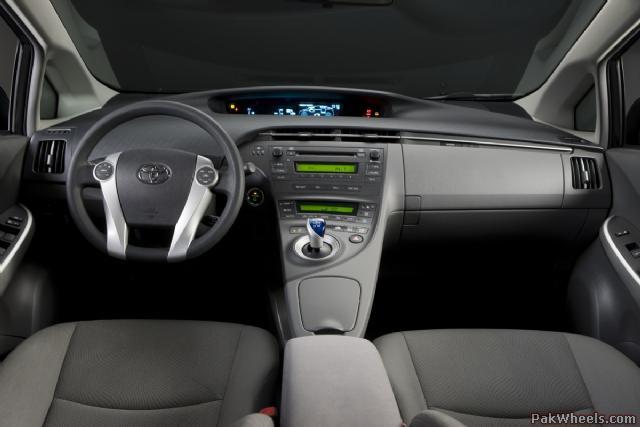
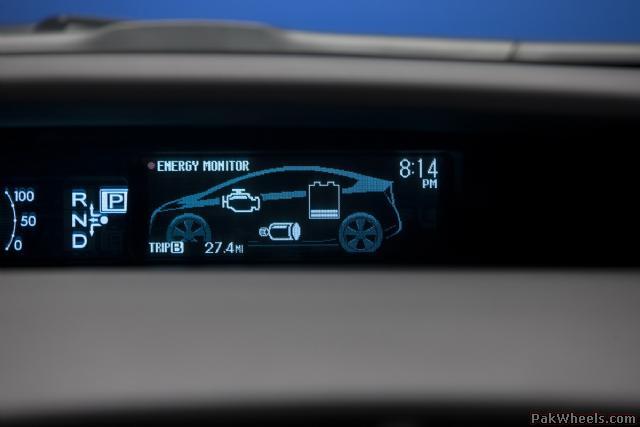
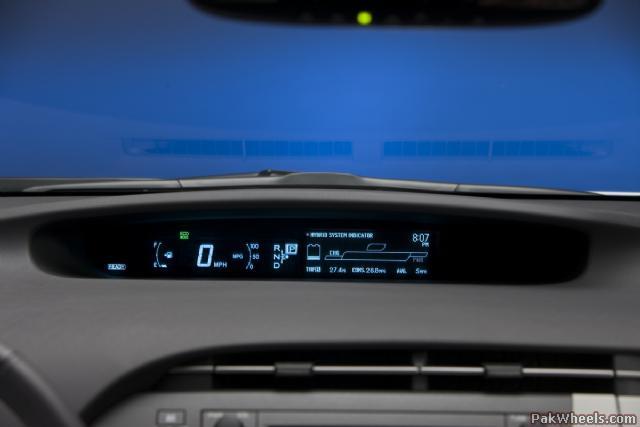
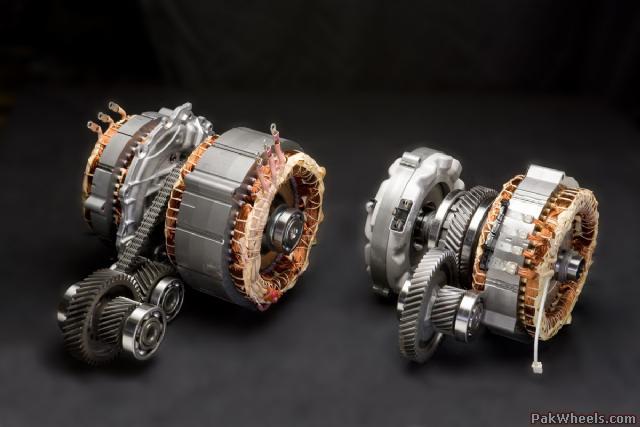
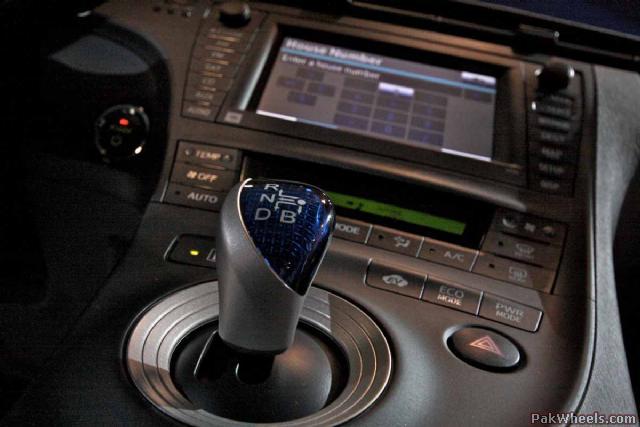
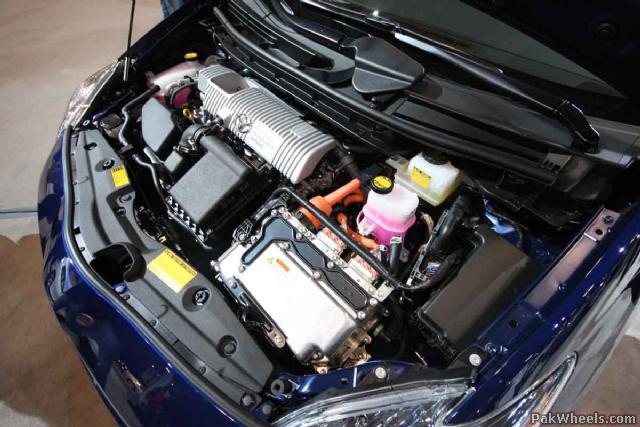

solar roof........
